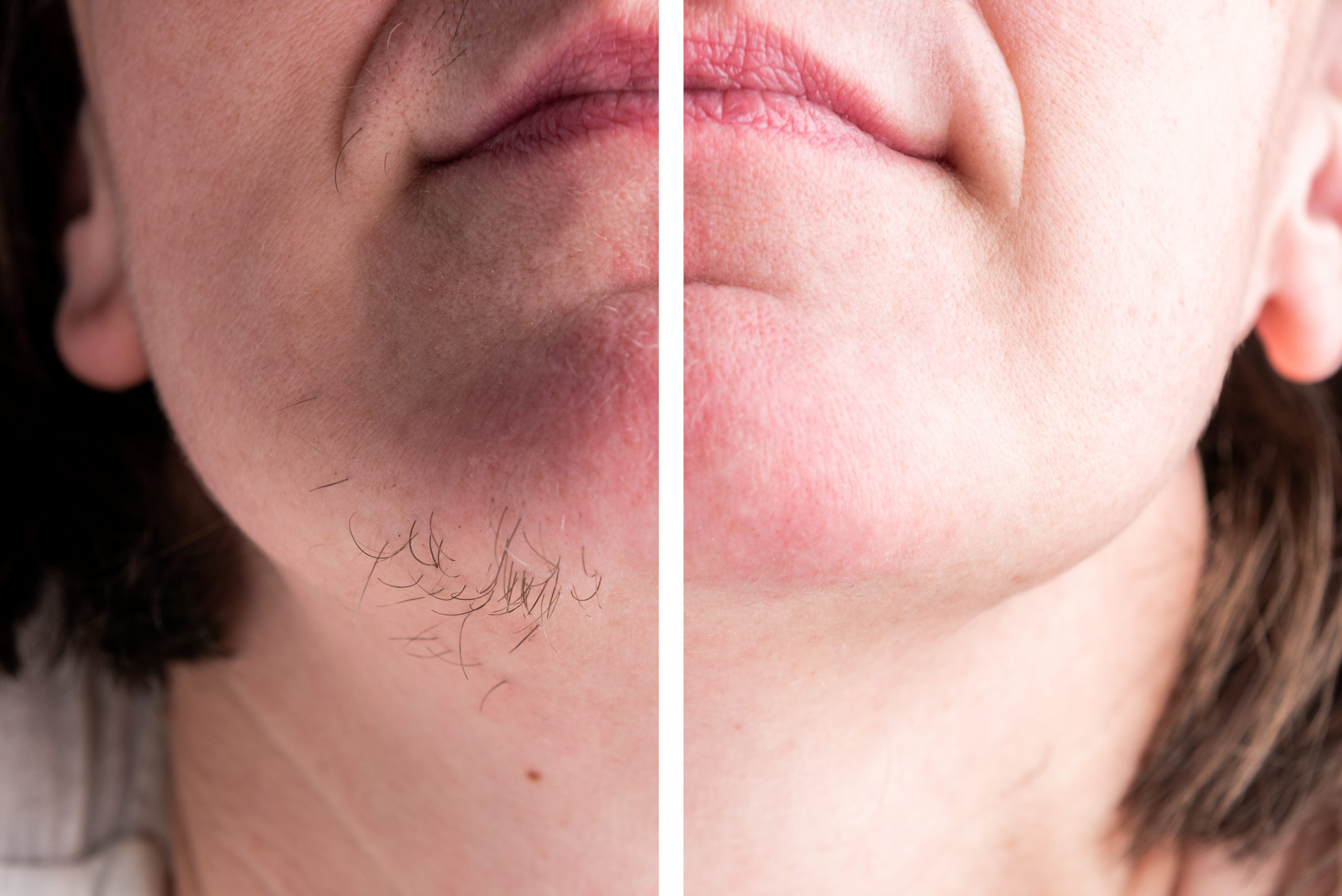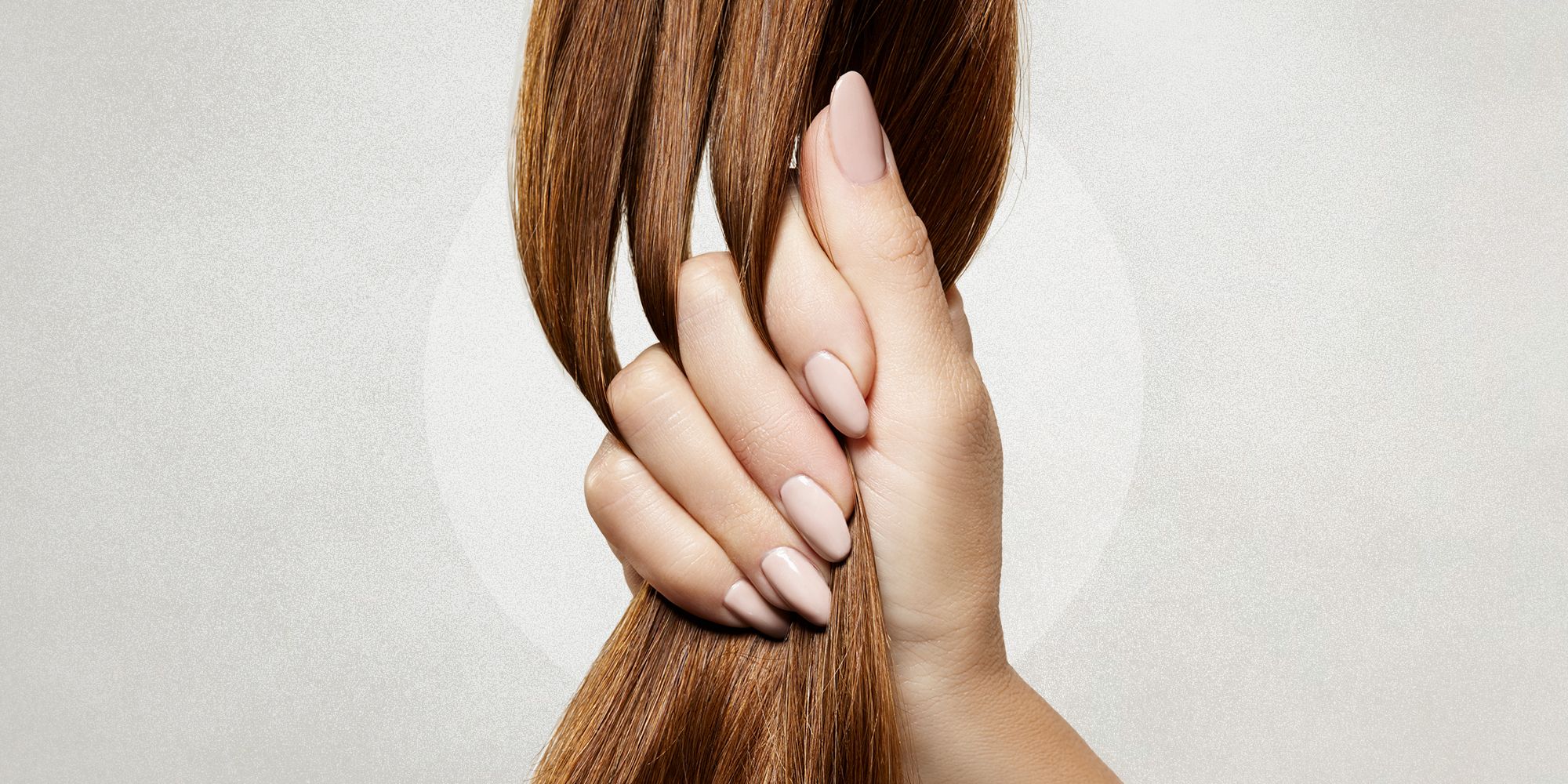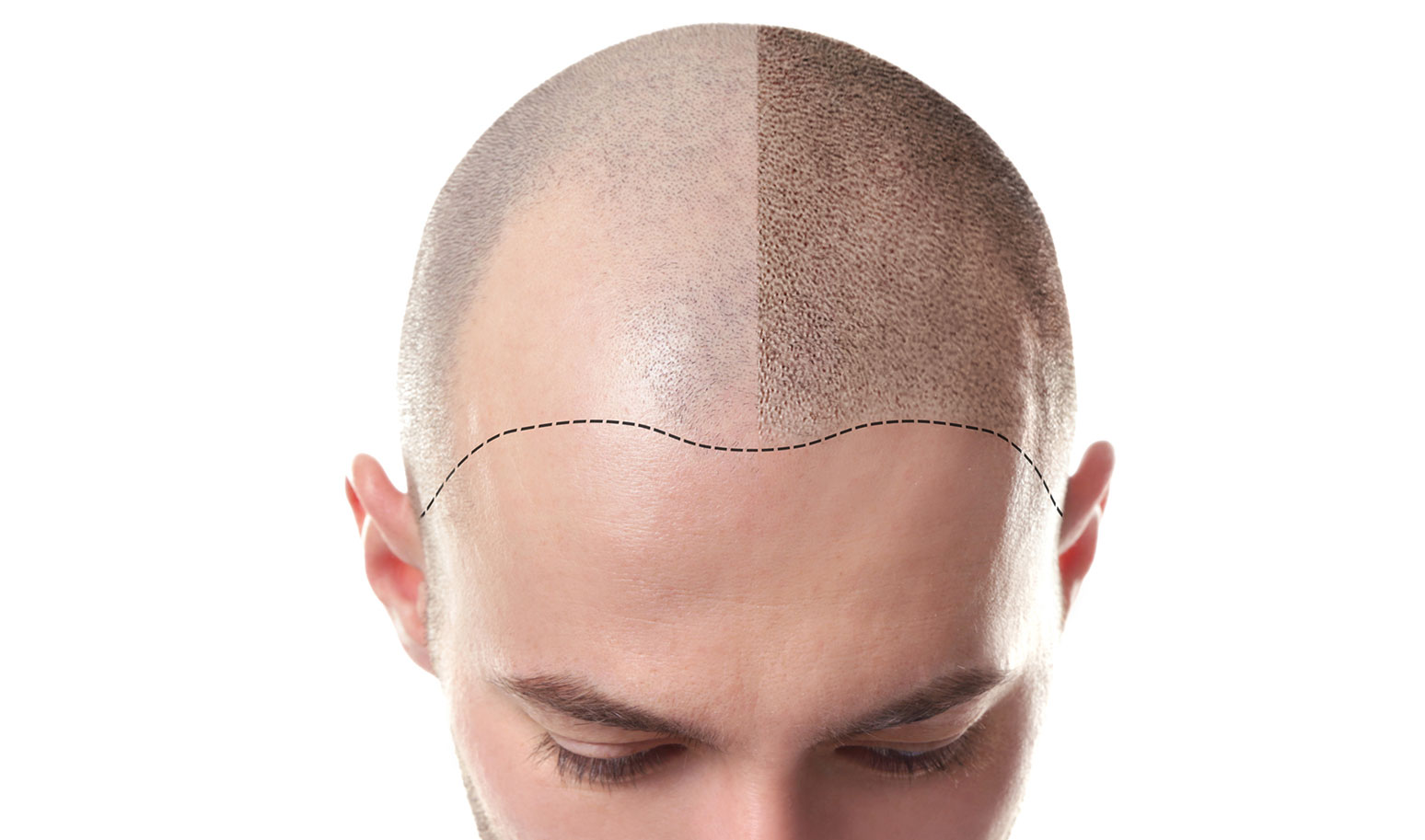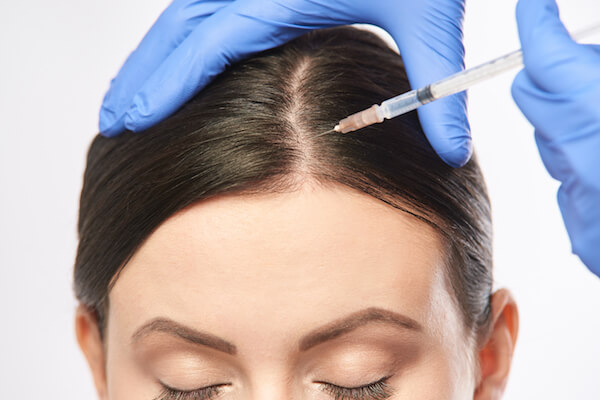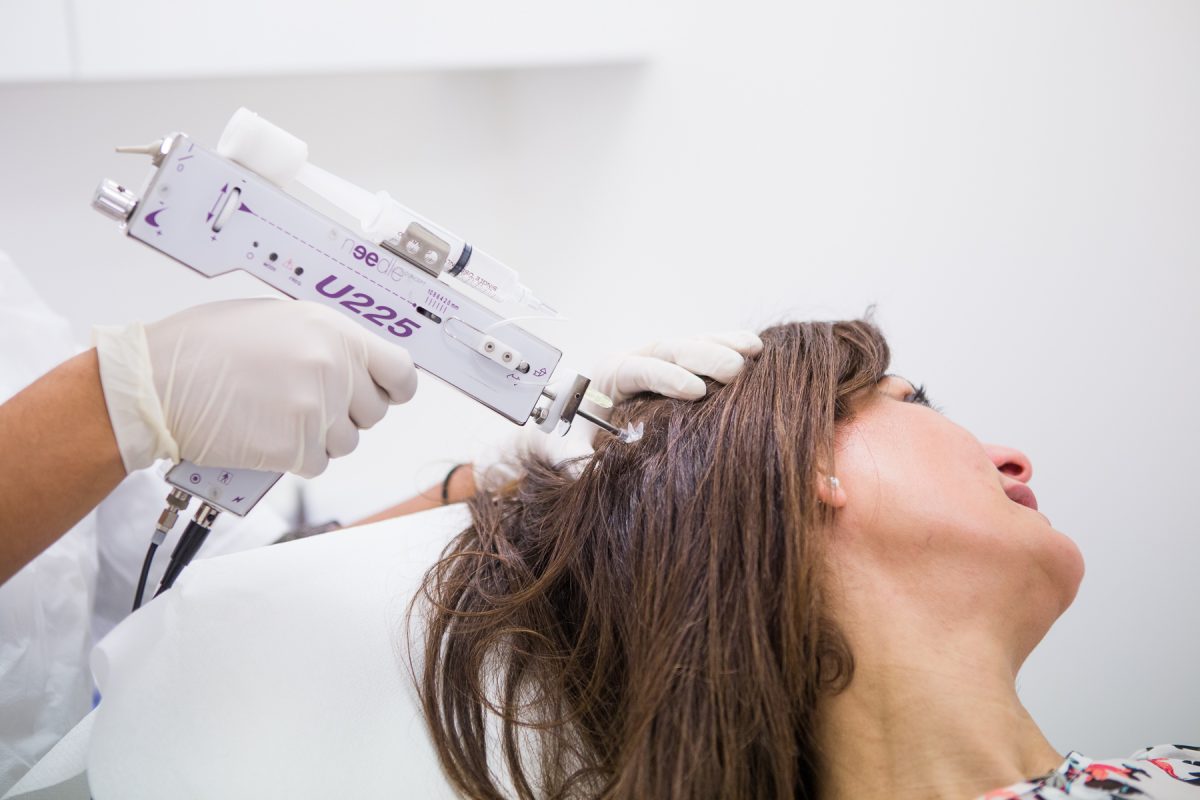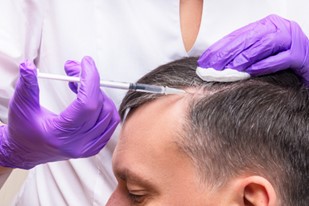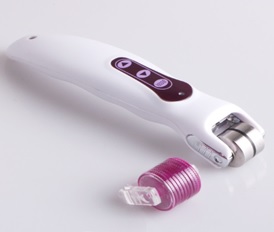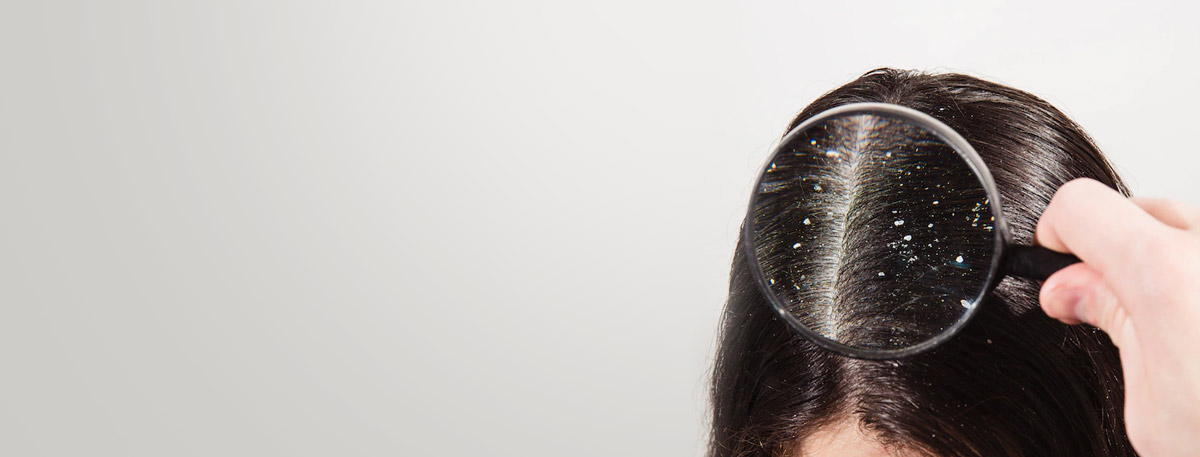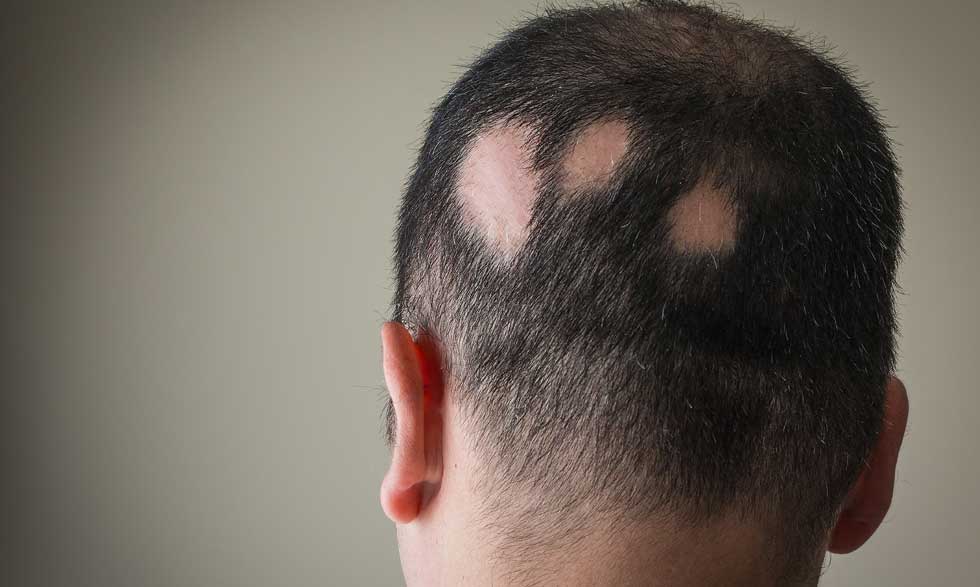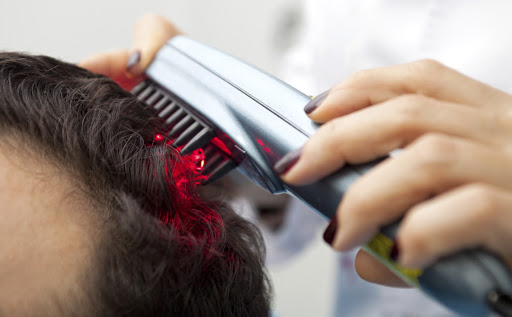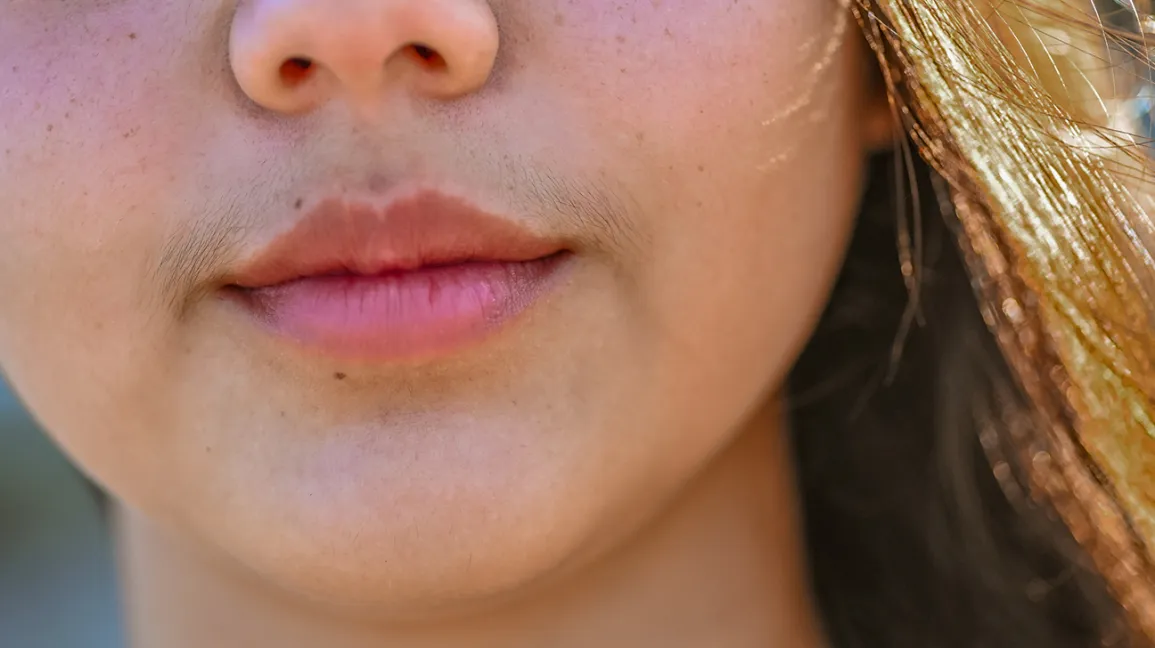
Unwanted or excessive hair that grows on a woman’s face and body is the result of a condition called hirsutism; though all women have facial and body hair, the hair is usually very fine and light in color.
Hirsutism is defined as the presence of terminal (coarse) hairs in females in a male-like pattern. It affects 5-10% of women. It is the most common cosmetic problem in women.
Hypertrichosis is a term applied to excessive hair growth developed all over the body or can be in small patches. It can present at any age, sex, and race. Hypertrichosis may be congenital (present at birth) or acquired (arises later in life).
Hirsutism is often a sign of underlying disorders. Hirsutism is usually due to increased androgen (testosterone) levels in females. The increased production of androgens is called hyperandrogenism, either due to adrenals or to an ovarian. Hirsutism is attributed either to increased production or increased sensitivity of the hair follicles to circulating androgen (testosterone).
Causes of Hirsutism: The causes of hirsutism can be divided into:
Non-androgenic : causes of hirsutism are relatively rare like acromegaly, the excess hair growth. Non-androgenic anabolic drugs will cause a generalized growth of many tissues, particularly vellus hair. It is called vellus hypertrichosis and not hirsutism. However, coarsening of the hairs may develop with chronic skin irritation.
Androgenic causes: the most common cause of hirsutism, accounting for approximately 70-85% of such patients. Androgen disorders include:
Rare causes: Ovarian or adrenal androgen-secreting tumors.
Drugs: Androgenic drugs are also an important cause of hirsutism
Hirsutism can also occur in some premenopausal women and continue for a few years after menopause. This is due to a decrease in ovarian estrogen secretion with continuous androgen production.
5α-reductase activity in the body is increased by local growth factors and circulating androgens. This enzyme helps in the conversion of testosterone to dihydrotestosterone (DHT). In body hair, DHT stimulates. increase sebum production; vellus hair follicle differentiated into terminal hairs, and lengthen the anagen phase resulting in longer thicker hairs.
Polycystic ovary syndrome (PCOS) is one of the most common (3 out of 4) causes of hirsutism. Benign ovarian cysts cause increase hormone production, leading to irregular menstrual cycles, moderate to severe acne, and overweight. Other symptoms such as fatigue, mood changes, pelvic pain, headaches, sleep problems, and infertility. About 50% of PCOS patients demonstrate insulin resistance and secondary hyperinsulinemia, this increases the risk for type 2 diabetes mellitus.
Adrenal gland disorders: The other causes of unwanted hair are due to hormonal imbalance related to adrenal gland disorders such as:
The adrenal glands are located just above the kidneys, are responsible for hormone production. Cushing’s disease has high levels of cortisol. Cortisol is also called the stress hormone. Congenital adrenal hyperplasia is born without an enzyme, which is necessary for hormone production. These conditions can affect the way your body produces androgens. The usual symptoms of adrenal gland disorders are excess weight in the upper half of body, headaches, high blood pressure, bone and muscle weakness, and high or low blood sugar levels.
Drugs: Excessive facial or body hair growth can be due to any of the following medications:
Idiopathic Hirsutism: in about 20% of the patient, present with normal androgen levels and ovarian function and called Idiopathic hirsutism (IH). The cause of unwanted hair in these women could be related to disorders in peripheral androgen activity. Idiopathic hirsutism occurs shortly after puberty with slow progression. The 5α reductase activity in the skin and hair follicle is overactive, leading to hirsutism in the face with normal circulating androgen levels. It’s usually chronic and may be harder to treat.
Treatment for unwanted or excessive hair: Most of the women adopt hair removal techniques to manage unwanted or excessive hair.

The good news is there are some effective and easy ways of removing or reducing these unwanted hairs. Generally, unwanted hair can be reduced temporarily by various methods like shaving, plucking, electronic tweezers, and waxing depilatories (creams); and have side effects like physical discomfort, scarring, folliculitis, irritant dermatitis or discoloration. The only painless method currently available for permanent hair reduction is laser treatments. Though electrolysis can remove each hair follicle permanently; but the disadvantage is difficult to treat large areas like hairs on the chest or upper back, time-consuming, painful, and cause pigmentation or scarring.
Laser hair removal: Over the past few years, laser treatments have become very popular for permanent hair reduction or removal. It is an excellent option for people who want to get rid of unwanted hair from the leg, arm, underarm, bikini are and any other parts of the body; and fed up with temporary measures like shaving, tweezing, threading, plucking or waxing. This treatment uses a highly concentrated light beam into hair follicles. Lasers work on the principle of selective photo thermolysis where the laser energy acts specifically to destroy the target (melanin). The laser energy works only on growing or anagen hair follicles. With sufficient treatments, laser hair removal can provide permanent or near-permanent results.
We at Clear Skin Hair & Laser Centre use the most advance and US FDA approved technology to provide the best results. We are proud to say that our centre is one of the few centres in India to provide all the commonest lasers platform used in the field of hair removal.
Door No: 40-377, Vidya Nagar Opp. BVR High School, Park Rd, Kurnool, Andhra Pradesh-518001.
Phone : 08518 221300
Mobile : +91-9393827032
Email: info@clearskinandhair.in


